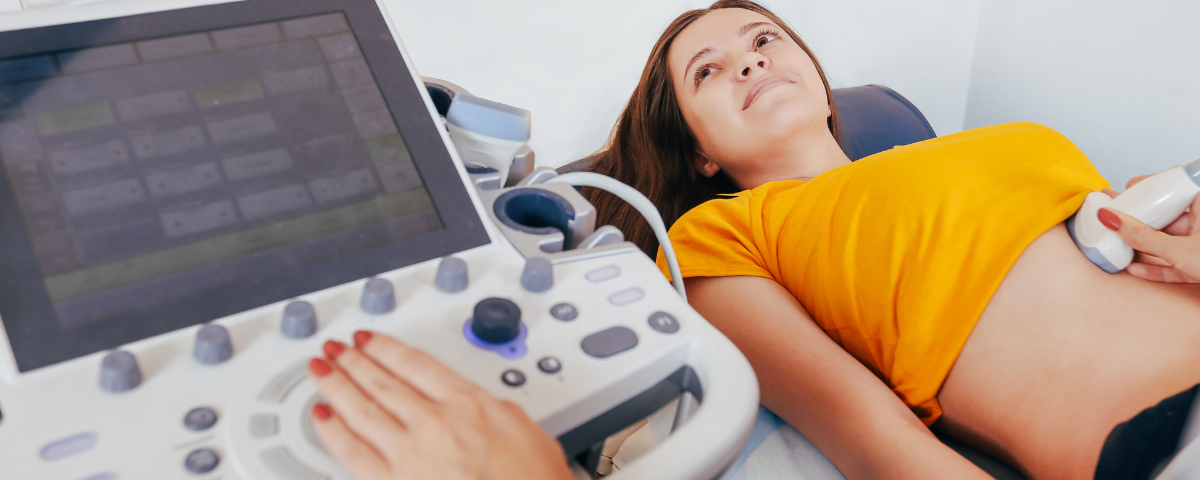Abdominal ultrasound and the urinary tract
Abdominal ultrasound is a commonly used imaging test that uses high-frequency sound waves to produce images of the abdominal organs. This non-invasive procedure is used to evaluate a range of conditions, including liver disease, gallbladder disease, and urinary tract conditions. In this blog, we will discuss whether abdominal ultrasound can show the kidneys and bladder and the role of this procedure in the diagnosis of urinary tract conditions.
Abdominal ultrasound and the urinary tract
Abdominal ultrasound can provide detailed images of the kidneys, bladder, ureters, and prostate gland in men. It is often used to evaluate the urinary tract for conditions such as kidney stones, bladder tumors, and urinary tract infections. During the procedure, a handheld device called a transducer is moved over the skin of the abdomen, sending sound waves into the body. These sound waves bounce off the organs and are then converted into images that can be seen on a screen.
The role of abdominal ultrasound in the diagnosis of urinary tract conditions
Abdominal ultrasound is a useful tool in the diagnosis of urinary tract conditions. It can help identify abnormalities such as kidney stones or tumors, as well as evaluate the size and function of the kidneys and bladder. In cases of suspected urinary tract infections, an abdominal ultrasound may be used to evaluate the bladder and kidneys for signs of inflammation or infection.
Additionally, abdominal ultrasound can be used to guide procedures such as kidney biopsies or the placement of a urinary catheter. This can help ensure accurate placement of the catheter or biopsy needle, minimizing the risk of complications.
Conclusion
Abdominal ultrasound is a non-invasive imaging test that can show the kidneys, bladder, ureters, and prostate gland in men. It is a useful tool in the diagnosis of urinary tract conditions such as kidney stones, bladder tumors, and urinary tract infections. In addition, it can be used to guide procedures such as kidney biopsies or the placement of a urinary catheter. If you are experiencing symptoms such as abdominal pain or changes in urination, talk to your doctor about whether an abdominal and urinary tract ultrasound may be helpful in diagnosing the underlying cause.
FAQs
Is an abdominal ultrasound painful?
No, an abdominal ultrasound is a non-invasive procedure and is typically not painful. Some patients may experience minor discomfort from lying still for an extended period.
How long does an abdominal ultrasound take?
An abdominal ultrasound usually takes about 30 minutes to complete.
Is abdominal ultrasound safe?
Yes, abdominal ultrasound is considered safe and does not use any harmful radiation.
Do I need to prepare for an abdominal ultrasound?
Depending on the reason for the test, you may be asked to drink water before the procedure to fill your bladder and make it easier to see on the ultrasound.
Will my doctor be able to see everything on the ultrasound?
Abdominal ultrasound can provide detailed images of the organs in the abdomen, but some conditions may require additional imaging tests or procedures for a complete diagnosis. Your doctor will discuss any further testing or treatment options with you based on your individual case.





